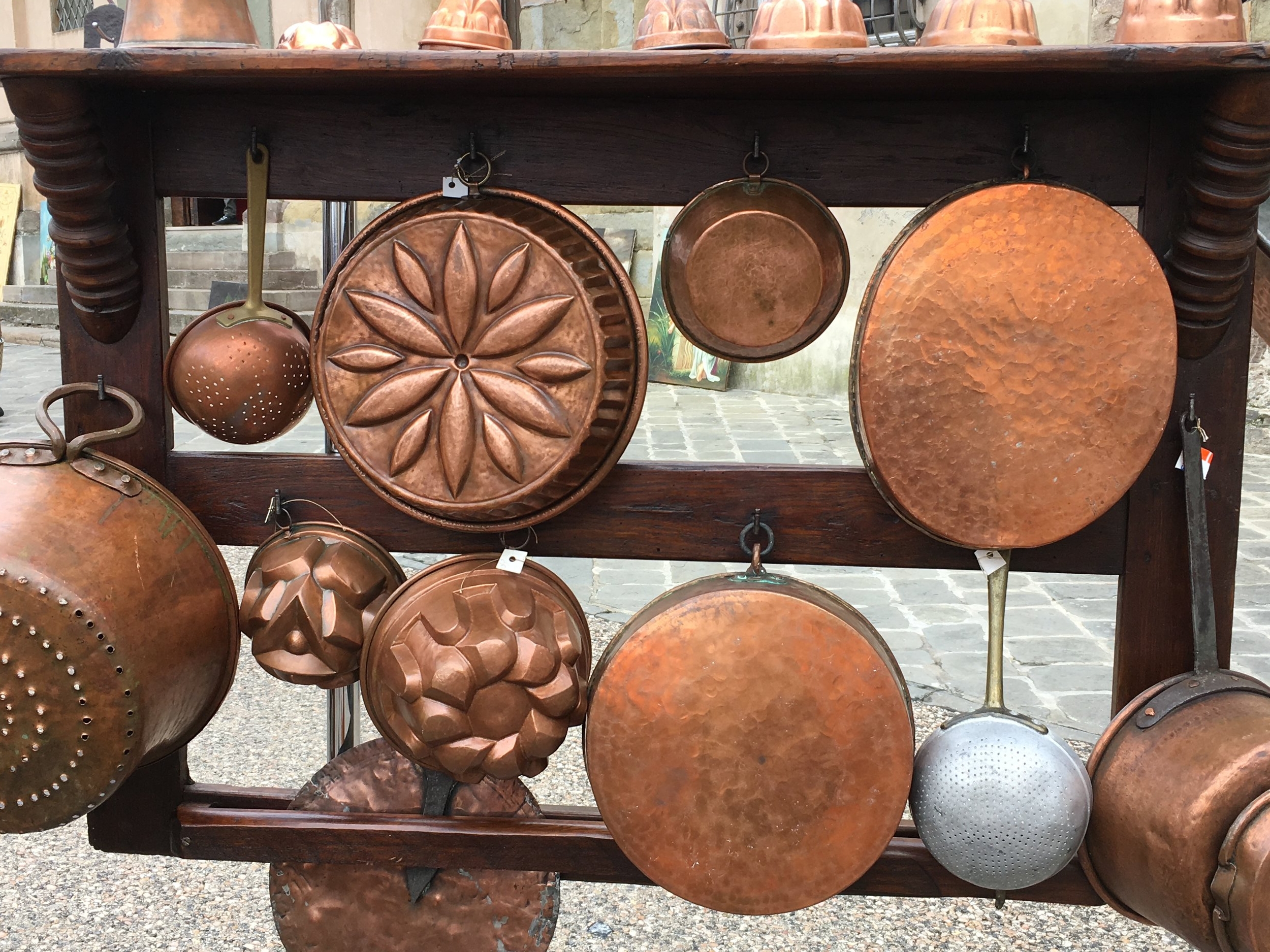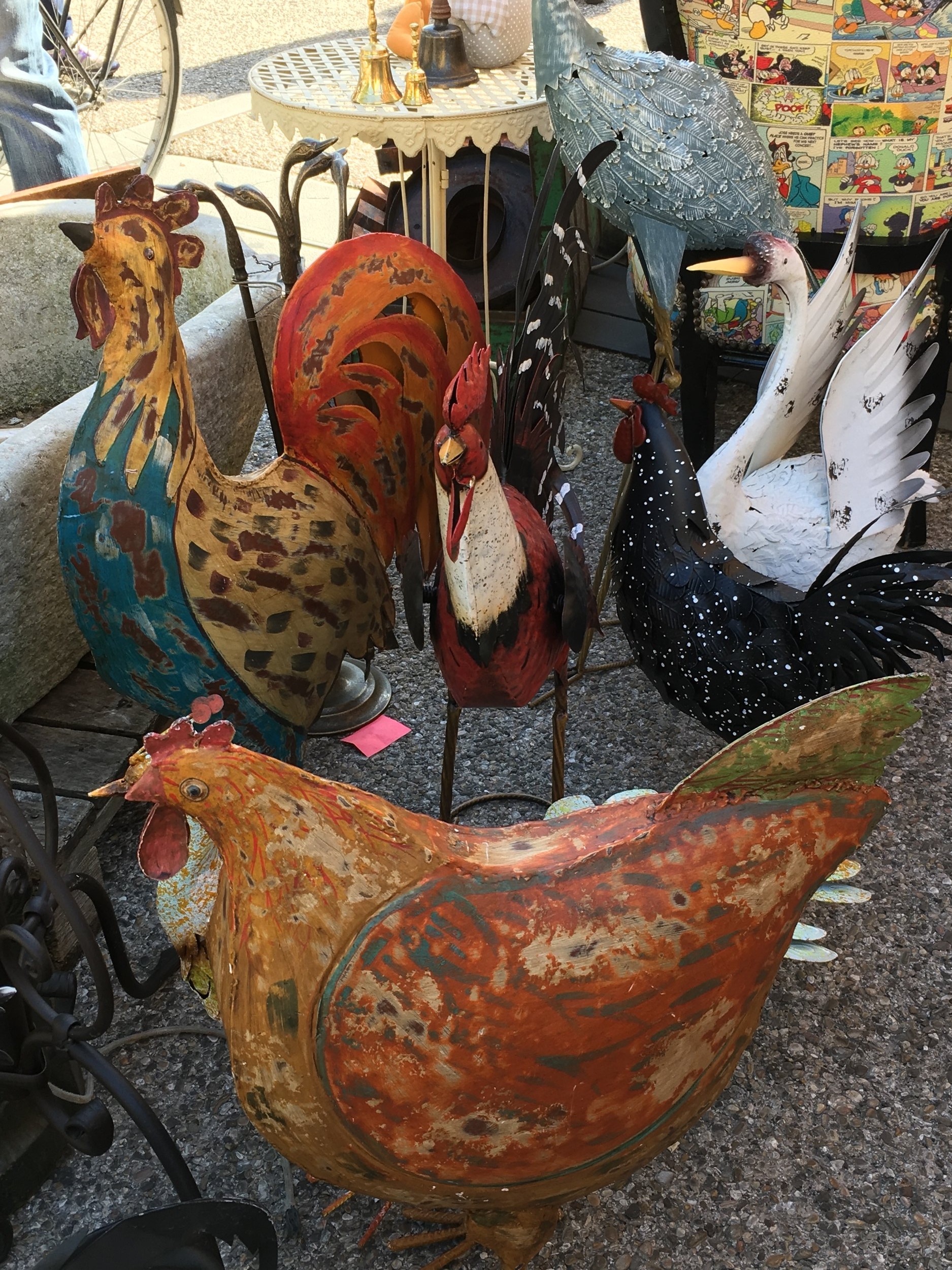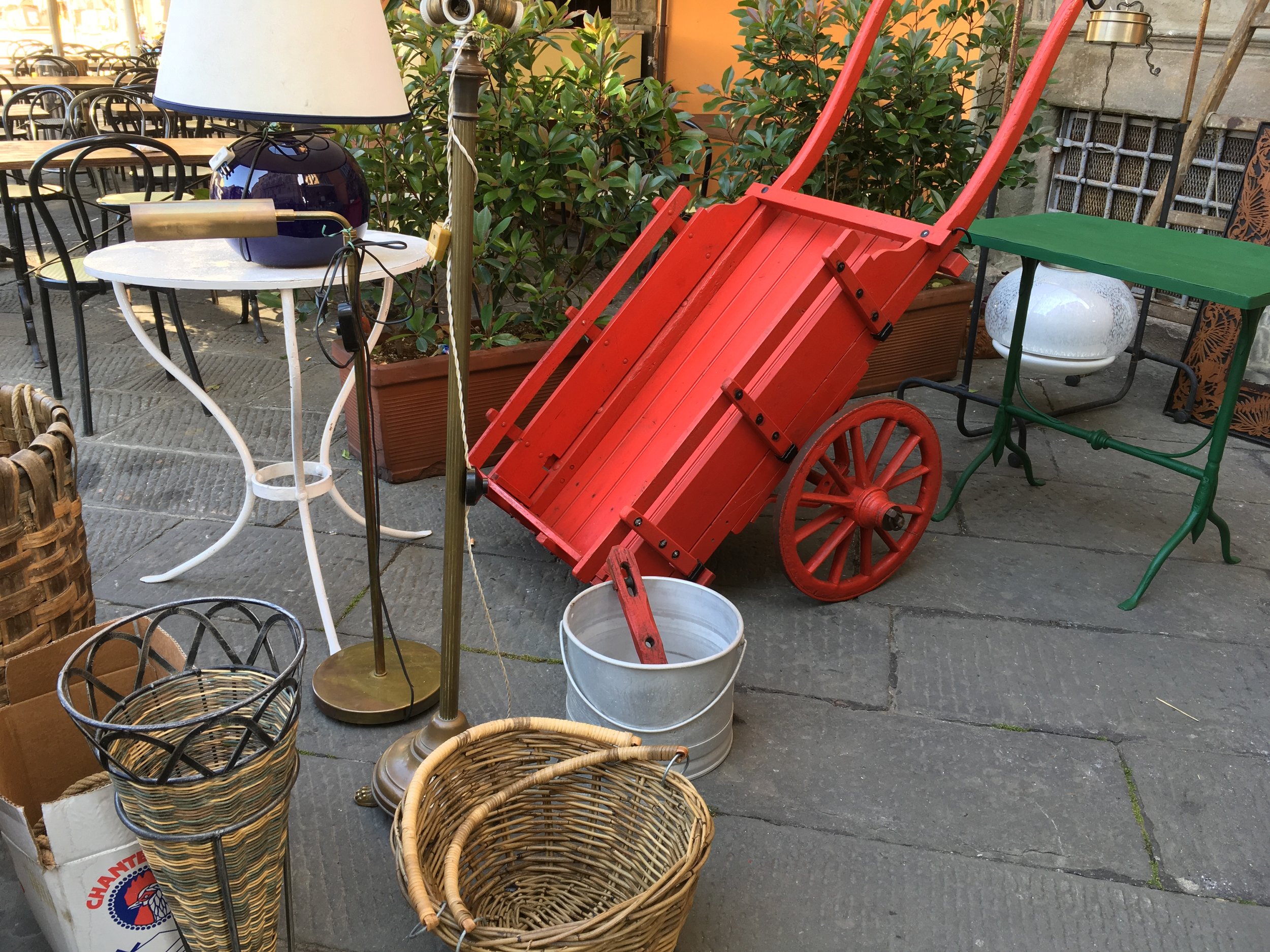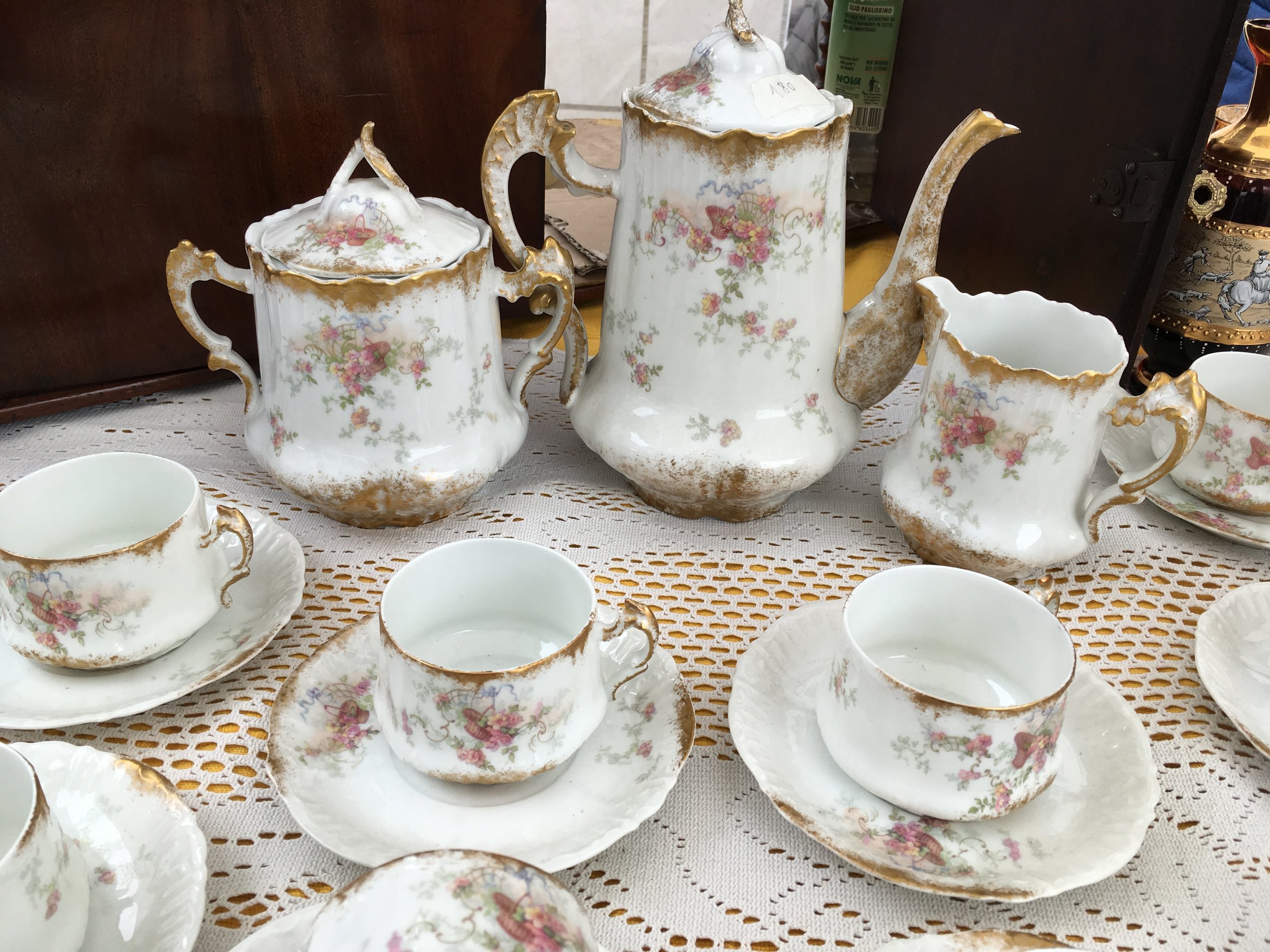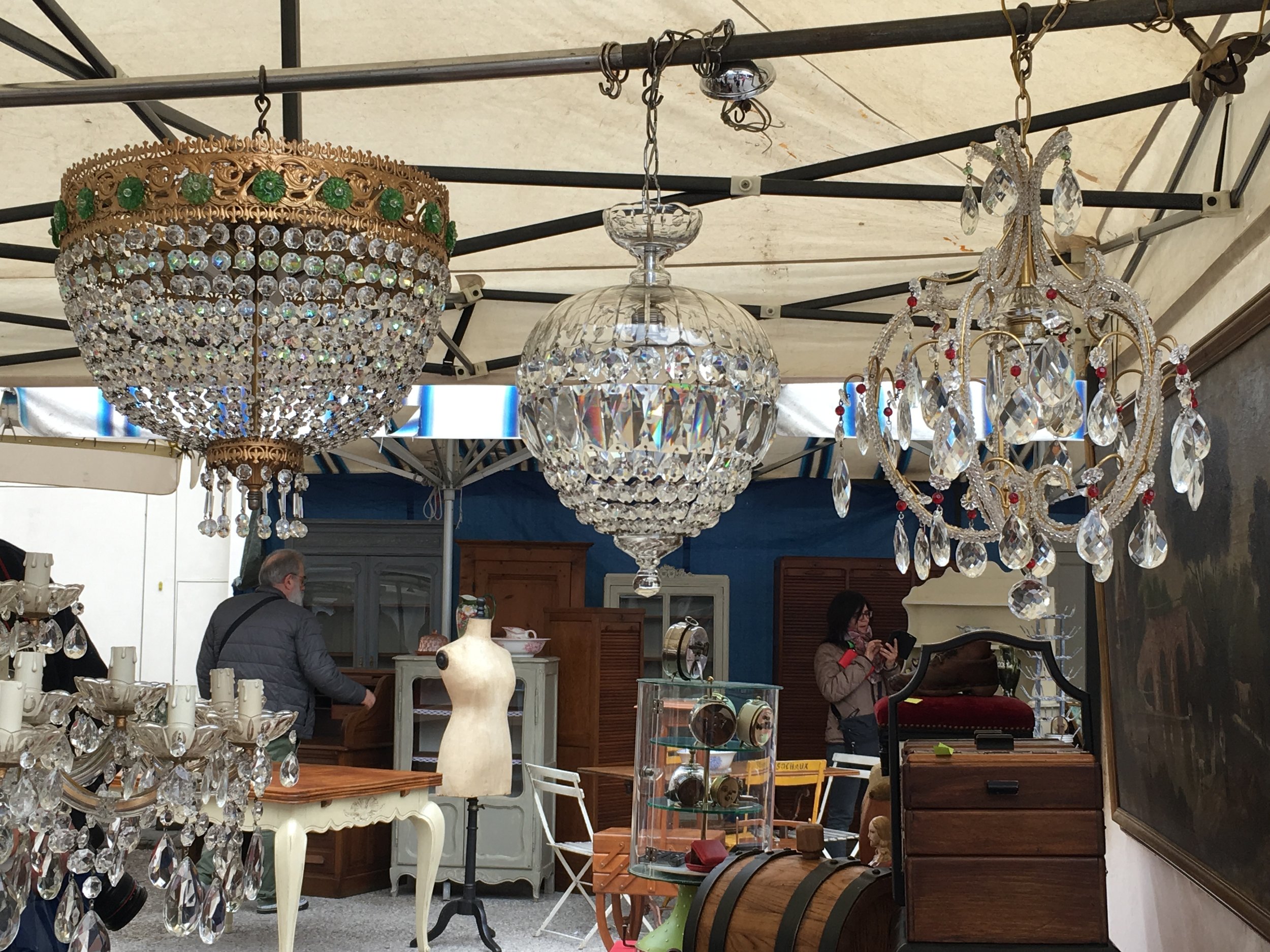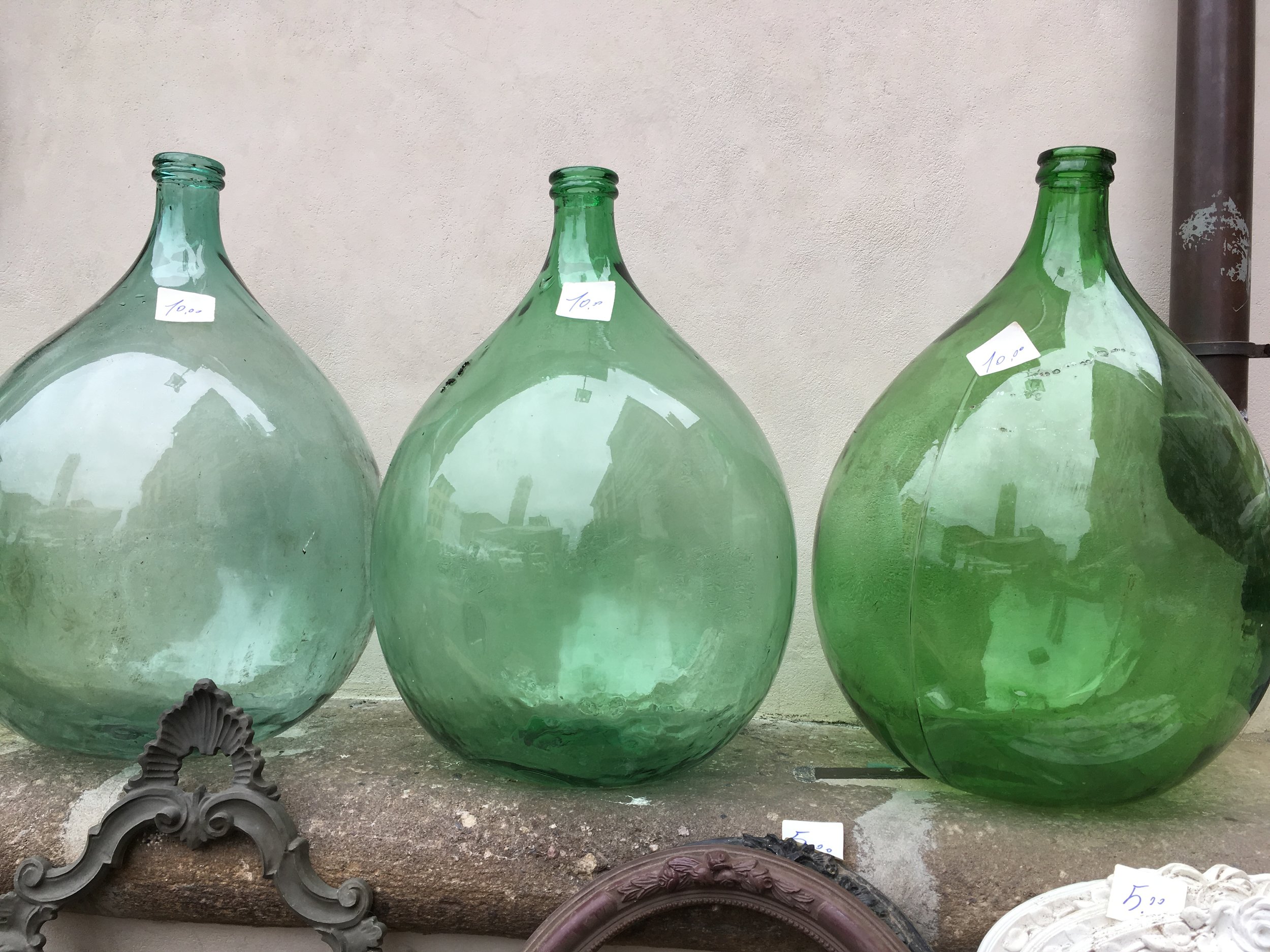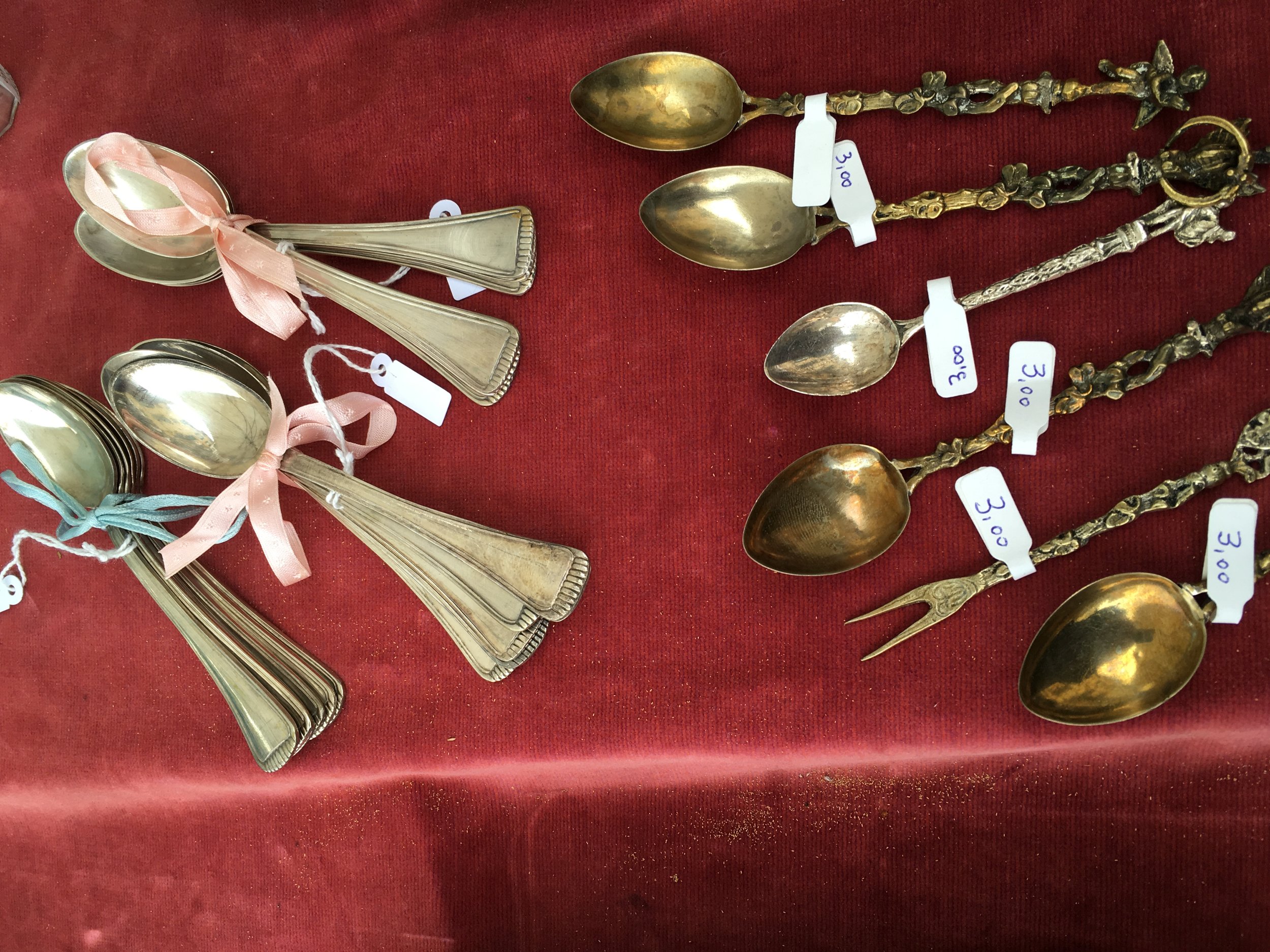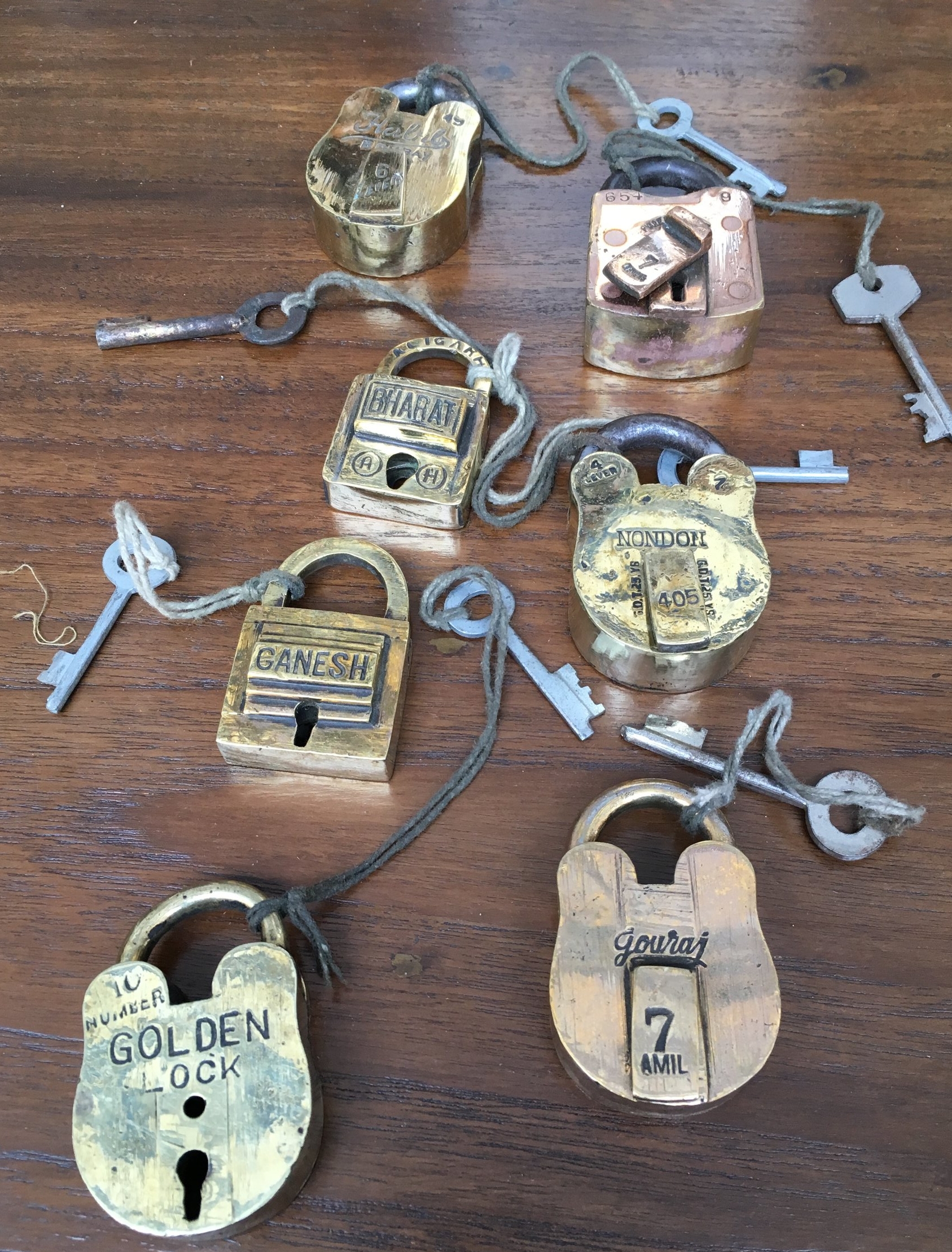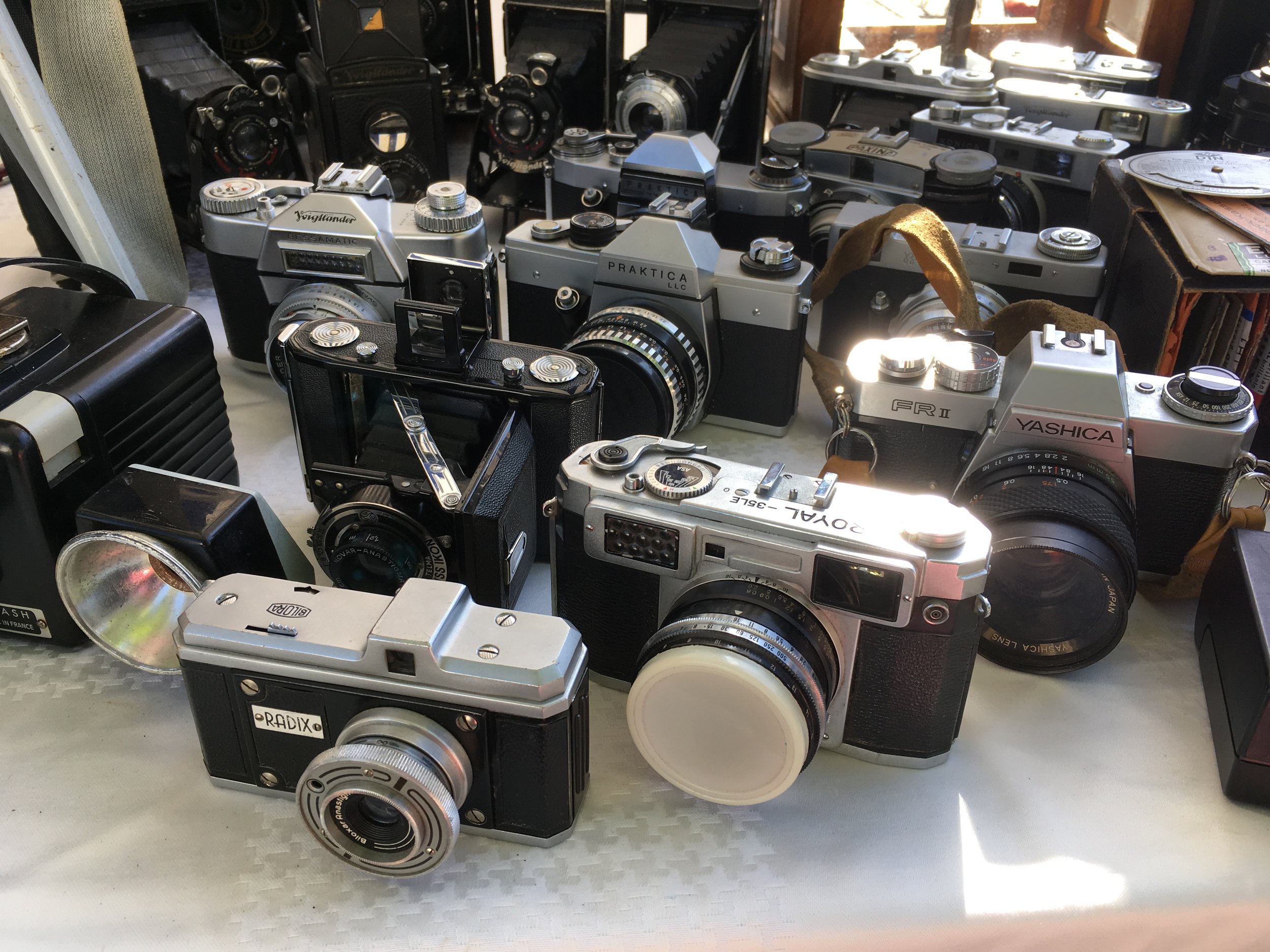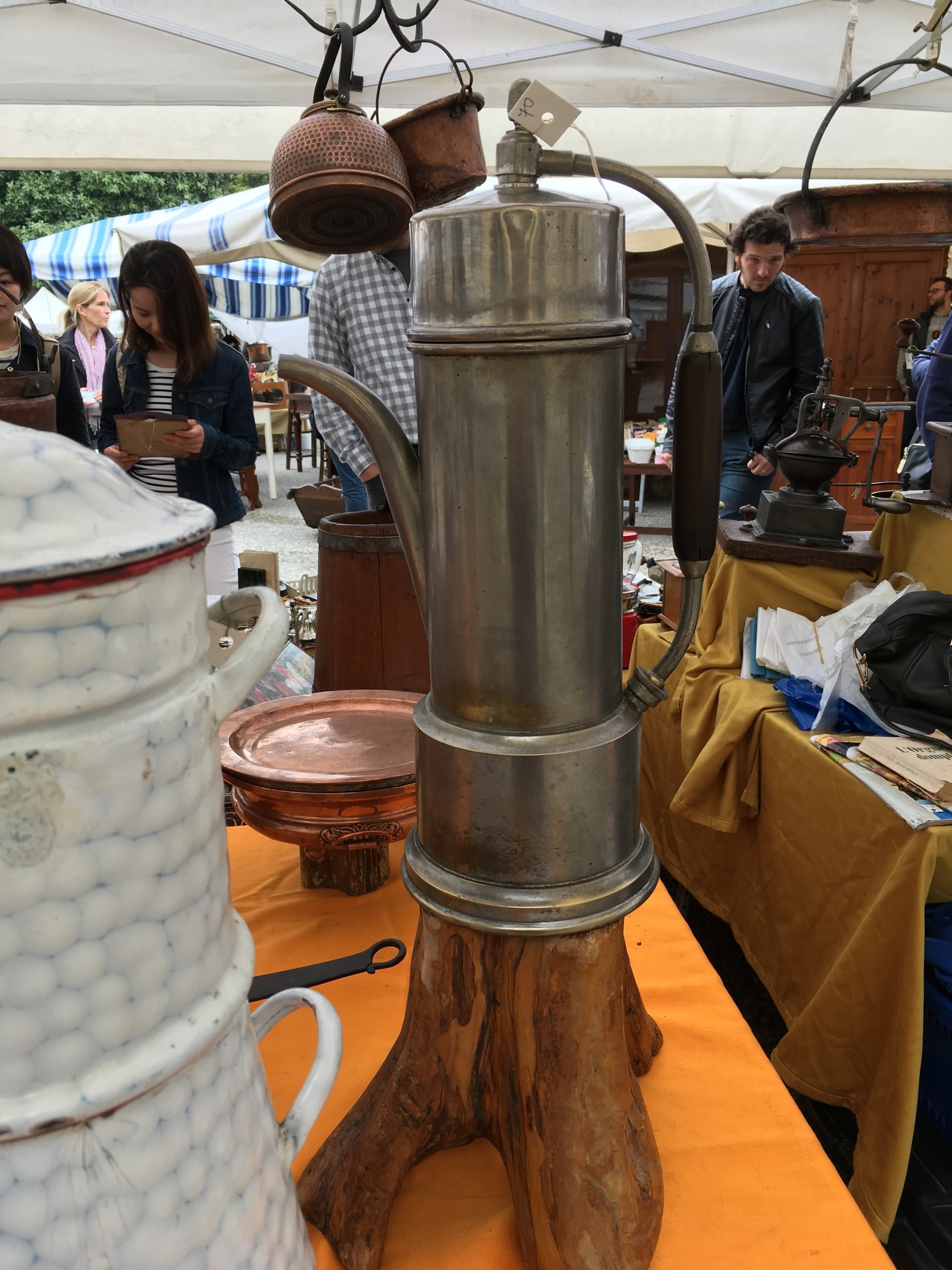The House of Dante
With all the amazing sites to see in Florence, it’s hard to find time to visit some of the lesser-known museums. During my spring trip to Italy, I took an hour or so to visit the Museo Casa di Dante (Museum House of Dante) because how could I pass up the chance to learn more about the man considered the father of the language I love so much?
A bust of Dante hangs on the outside wall of the Museo Casa di Dante.
Dante Alighieri was born in Florence in 1265 and the Museo Casa di Dante is said to be where he and his family lived. The museum is housed on three floors of a historic building in the heart of Florence. It was established in 1965 and offers a peek into the various aspects of Dante’s life. Dante, after all, wasn’t just the man credited with establishing the national language of Italy. He also was a politician and epic poet, whose “Divine Comedy” is one of world literature’s masterpieces.
Museo Casa di Dante in Florence
In addition to providing information about Dante, the museum looks at what was happening in Italy at different periods of Dante’s life. There’s a reproduction, for example, of what Italian soldiers wore way back when, as well as weapons from the Battle of Campaldino, in which Dante fought.
Reproductions such as this one of a soldier offer a glimpse into what life was like in Florence in the 14th century.
One of the most moving parts of the museum is the second floor, which includes information about Dante’s exile from Florence. One display case includes a reproduction of the “Libro del Chiodo,” or “Book of the Nail.” The book is a record of sentences handed down in Florence during the 14th century. It is called the “Book of the Nail” because it was bound in wooden covers and hung from a nail in the courtroom. Among the sentences in the book is Dante’s – if he ever returned to Florence, he was to be burned at the stake.
The "Libro del Chiodo," or "Book of the Nail"
The top floor of the museum is devoted to the “Divine Comedy” - a topic I could write about for days (but I won’t). It doesn’t take long to visit the Museo Casa di Dante, although most first-time visitors to Florence with limited time will no doubt choose to gaze at the David and try to conquer the Uffizi instead. But language and literature lovers should definitely stop by this small museum, which is located not far from the Duomo. -post by JG






















